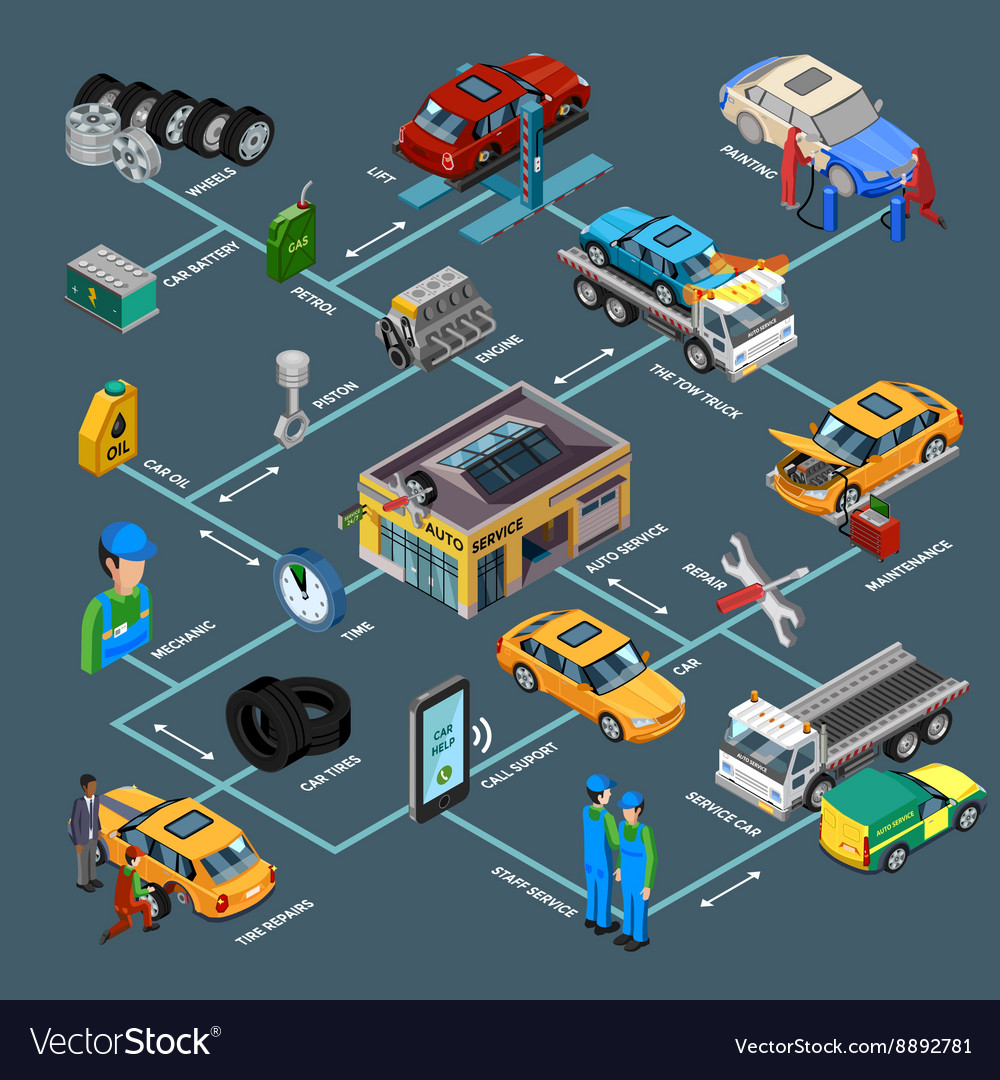Deciphering Your Vehicle'S Caution Indicators: What They Really Indicate
Deciphering Your Vehicle'S Caution Indicators: What They Really Indicate
Blog Article
Authored By-Boye Forbes
When you lag the wheel, those radiant caution lights on your control panel can be a little bit puzzling. Do you recognize what they're trying to tell you regarding your car's health? Comprehending the relevance of these lights is vital for your security and the longevity of your car. So, the following time one of those lights appears, wouldn't you intend to decode its message precisely and take the required actions to resolve it?
Common Warning Lights and Interpretations
Determine common warning lights in your auto and recognize their significances to guarantee risk-free driving.
One of the most common caution lights consist of the check engine light, which signifies concerns with the engine or discharges system. If cardetailingservice comes on, it's crucial to have your car inspected promptly.
The oil pressure cautioning light suggests low oil pressure, needing prompt focus to prevent engine damages.
A blinking battery light may suggest a damaged charging system, possibly leaving you stranded if not resolved.
The tire pressure surveillance system (TPMS) light signals you to reduced tire stress, influencing lorry security and fuel efficiency. Ignoring this can bring about dangerous driving problems.
The ABS light indicates a trouble with the anti-lock stopping system, compromising your capability to stop rapidly in emergencies.
Finally, the coolant temperature warning light warns of engine overheating, which can lead to serious damages if not solved swiftly.
Understanding these typical caution lights will certainly help you attend to issues promptly and keep risk-free driving problems.
Significance of Prompt Interest
Understanding the common caution lights in your auto is only the primary step; the relevance of immediately resolving these cautions can not be emphasized enough to ensure your safety and security on the road.
When a caution light brightens on your dashboard, it's your cars and truck's way of communicating a prospective issue that needs interest. Overlooking these warnings can result in extra severe issues later on, endangering your safety and security and potentially costing you a lot more out of commission.
Prompt attention to alerting lights can avoid breakdowns and mishaps. As an example, a blinking check engine light can suggest a misfire that, if left neglected, could cause damages to the catalytic converter. Resolving this immediately can save you from a pricey repair work.
Similarly, a brake system advising light might signify reduced brake fluid or used brake pads, crucial elements for your safety and security when driving.
Do It Yourself Troubleshooting Tips
If you observe a warning light on your dashboard, there are a couple of DIY troubleshooting pointers you can try prior to seeking expert help.
The very first step is to consult your car's guidebook to comprehend what the particular caution light suggests. Often the issue can be as simple as a loosened gas cap activating the check engine light. Tightening the gas cap may resolve the issue.
One more common concern is a reduced battery, which can set off different cautioning lights. Checking https://www.moneytalksnews.com/slideshows/cities-with-the-biggest-spike-in-home-listings/ for rust and ensuring they're safe and secure might repair the issue.
If a warning light lingers, you can try resetting it by detaching the car's battery for a couple of mins and after that reconnecting it. In addition, inspecting your automobile's liquid levels, such as oil, coolant, and brake fluid, can assist repair warning lights associated with these systems.
Final thought
Finally, understanding your auto's warning lights is essential for maintaining your automobile running efficiently and securely. By immediately attending to these alerts and understanding what they mean, you can stay clear of pricey repair services and potential failures.
Remember to consult your automobile's manual for certain information on each advising light and act appropriately to make sure a hassle-free driving experience.
Stay informed, remain safe on the road!
